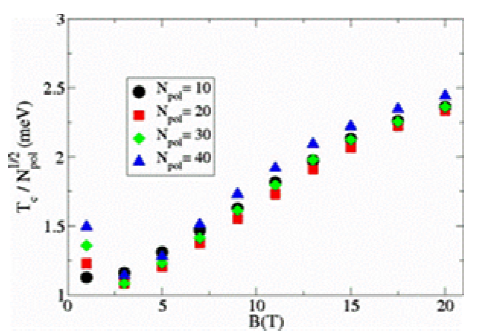Quantum Dots in Optical Microcavities
Abstract
The experimental and theoretical study of polaritons, proposed by Hopfield [1] in 1958, dramatically increased over the past two decades due to advances in the techniques of growth and control of semiconductor heterostructures. This development made it possible to fabricate microcavities with embedded active media such as quantum dots, or quantum wells, and the study of the strong interaction regime between semiconductor excitations (excitons) and light, demonstrating in this way the existence of quasi-bosons known as exciton-polaritons. These quasi-particles emerge as potential candidates for Bose - Einstein condensation in solid state systems and provide a way of constructing very lowthreshold lasers without population inversion. In this paper, we show theoretical results obtained by the authors in the treatment of these systems and a short review of the most relevant contributions in the area, related to our work.

This work is licensed under the Creative Commons Attribution-NonCommercial 4.0 International (CC BY-NC 4.0) license.








